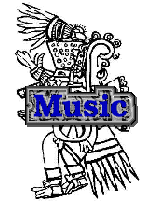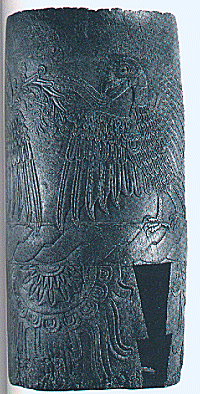
One of the things that was a constant throughout the Aztec empire was there song and dance. Both to solemnize the feasts of their demons which they honored as gods and for private enjoyment and solace. Each lord had in his house a chapel with composer-singers of dances and songs, and these were thought to be ingenious in knowing how to compose the songs in their manner of meter and couplets that they had. Ordinarily they snag and danced I the principal festivities that were every twenty days, and also on other less principal occasions. The most important dances were in the plazas, on other occasions in the houses of the lords, as all the lords had large patios. When there had been a victory in war, or when a new ruler was named, or when a marriage was made with a high-ranking lady, or for any other novel event, the master would compose a new song, in addition to the general ones they already had for the festival of the demons and the deeds of antiquity and of past lords.
Teachers would set their drums in the center of the patio and the children would dance around them. Extra instruction was given to those who could not follow the steps or body movements. The dancers were simultaneously required to sing, and rhythms and speech were guided both by the percussion and the tones of the singing. The Aztec songmaster modeled themselves on the Toltec ideal. In the telpochcalli schools, which were located by the calpulli temples, a special patio with surrounding rooms was designated as the cuicacalli, "house of song." Here were taught the songs of heroes, elegies to princes, lamentations, war songs, love songs, and all that might fall under the classification of "propane." In the calmecac schools, on the other hand, emphasis was placed on songs and dances of a ritual nature. The role of music, dance, and ritual performance was to become increasingly important as adulthood and marriage approached.

Wooden Drum

Two-note Drum

Dancing